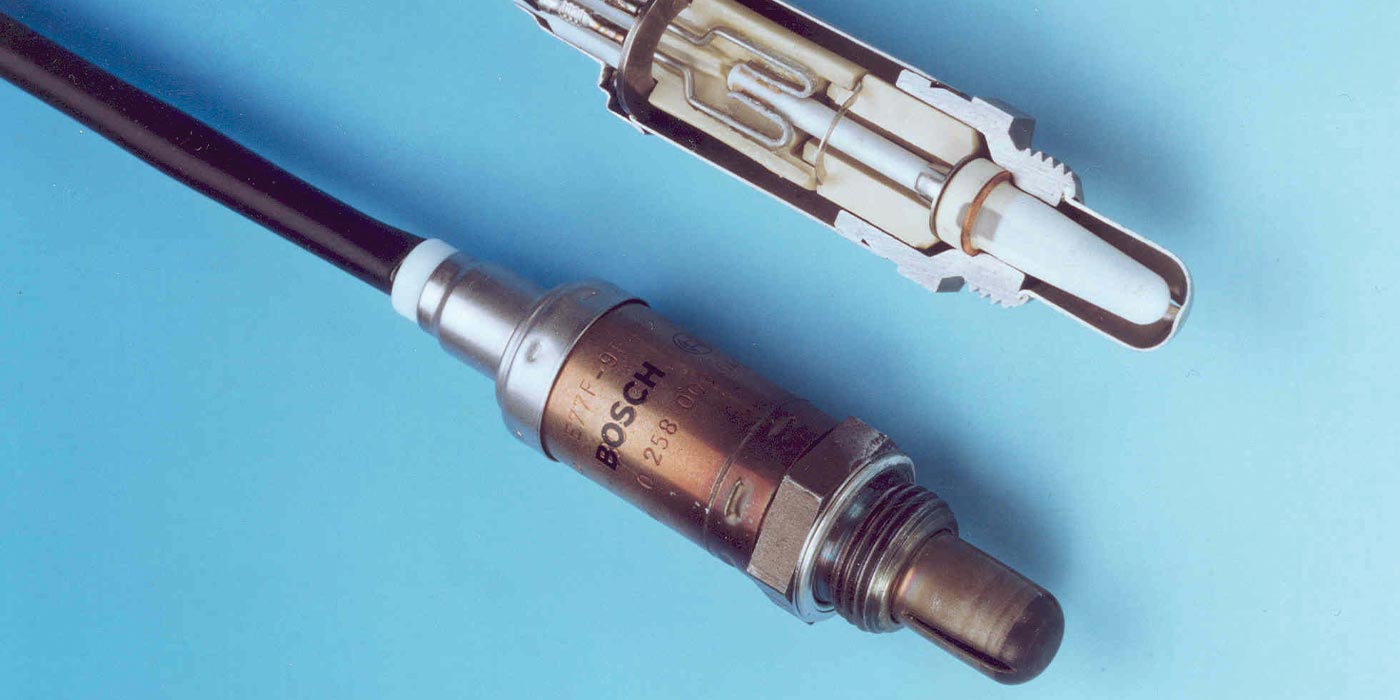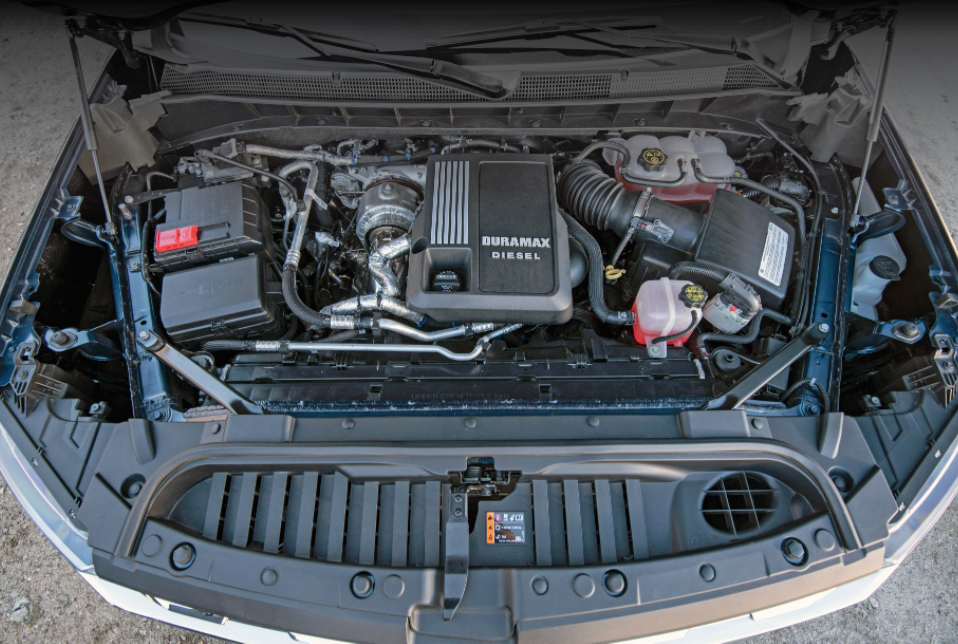 CORSA Performance announces its high-performance cat-back exhaust systems are available for the 2011-2014 Toyota Tundra Double Cab and Crew Max models with 5.7L engines.
CORSA Performance announces its high-performance cat-back exhaust systems are available for the 2011-2014 Toyota Tundra Double Cab and Crew Max models with 5.7L engines.
The Toyota Tundra exhaust system (part #14916) is a single side exit exhaust manufactured from premium, stainless steel construction and featuring Twin 4-inch Pro-Series tips etched with the CORSA logo. Its straight-through, nonrestrictive design allows for a 16% increase in exhaust flow and performance improvements of 3 hp and 9 lb.-ft. of torque.
Engineered using CORSA’s patented Reflective Sound Cancellation (RSC) technology, the exhaust system delivers a superior, bold sound when on the throttle with no interior drone.
In addition, CORSA offers its cat-back exhaust systems for the 2007-2010 Tundra. Visit www.corsaperformance.com to search for part numbers.
Complete installation hardware and instructions are included with the bolt-on Toyota Tundra exhaust system, and a limited lifetime warranty protects the exhaust for the entire life of the vehicle. The exhaust systems are crafted in the United States from premium stainless steel, and all tips are double wall, highly polished stainless steel laser etched with the CORSA logo. Contact CORSA or your local performance retailer for details.













